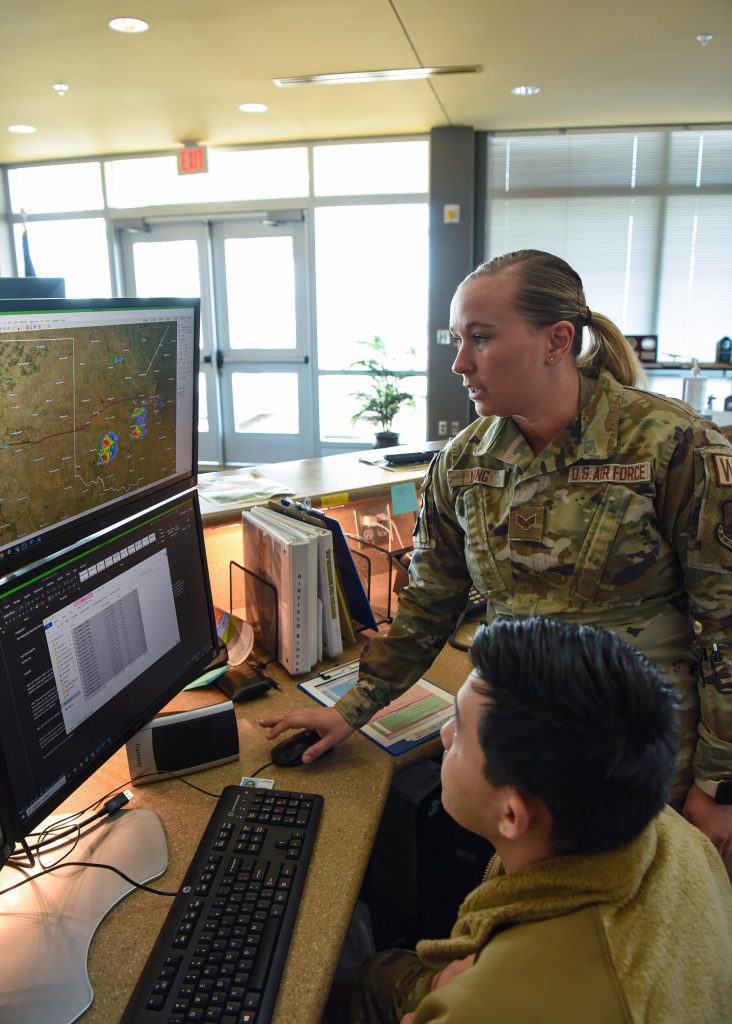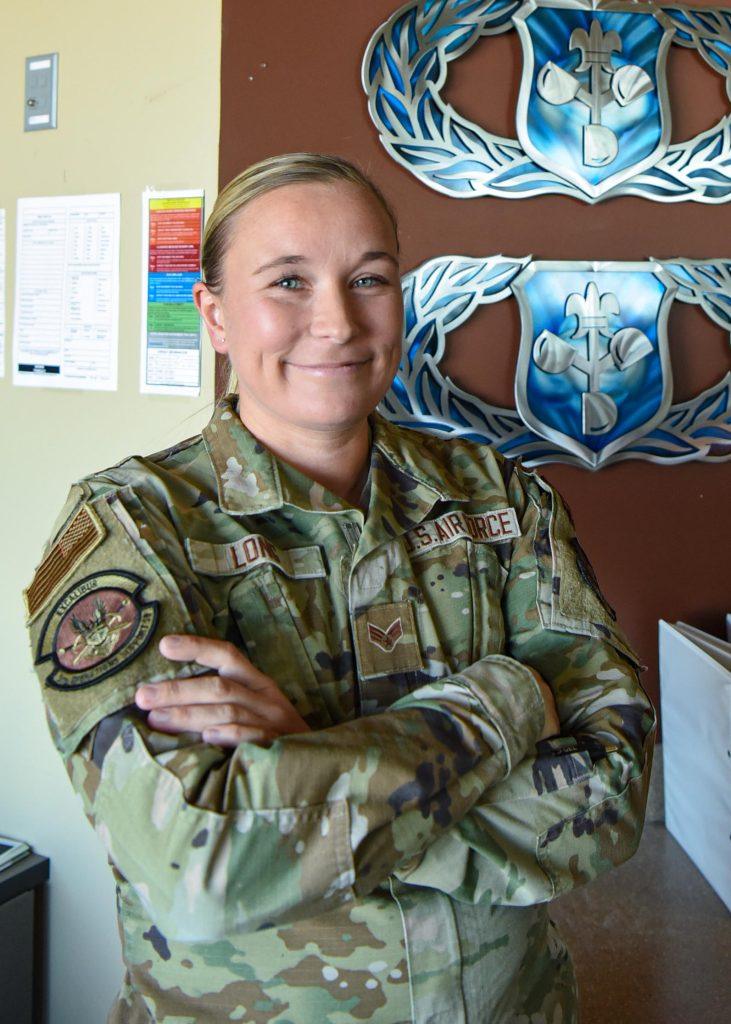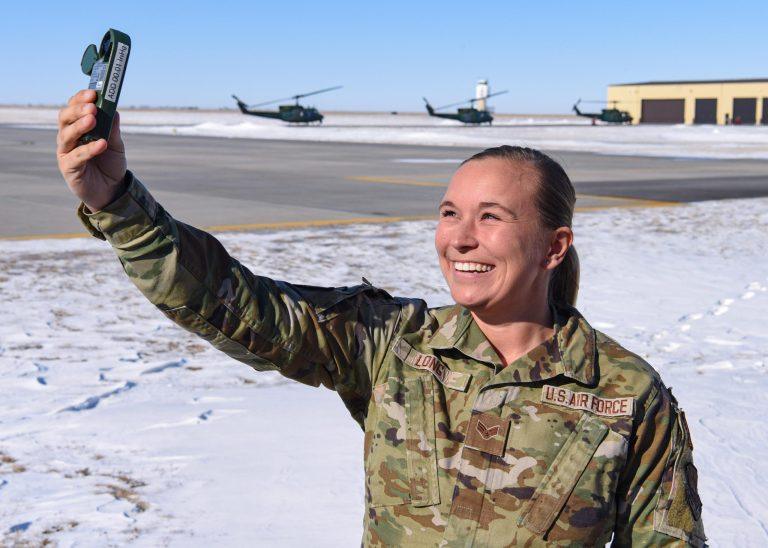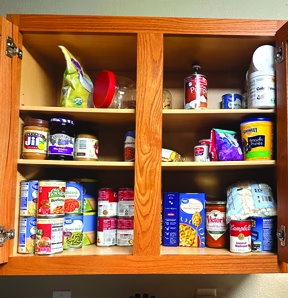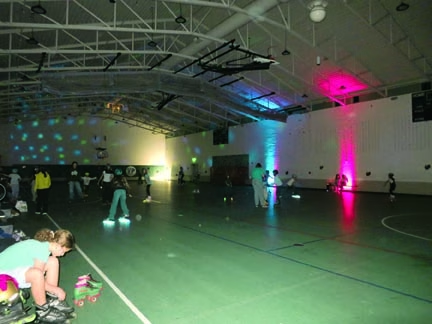Airmen of Minot: Senior Airman Christina Long, 5 OSS
MINOT AIR FORCE BASE, N.D. —
From frozen rain to scorching heat, Team Minot has a wide variety of different environmental challenges. Senior Airman Christina Long, 5th Operations Support Squadron weather forecaster, is the Airman responsible for making sense of the constantly changing North Dakota weather.
“I love when I get a correct forecast,” said Long. “When I’m briefing the bombers, hueys, or security forces squadrons, it feels good to nail a forecast.”
Weather can be our greatest ally or strongest adversary. That’s why accurate weather forecasting plays such an integral part in the success and safety of missions at Team Minot. Air Force Weather and Environmental Services Officers perform, manage and direct weather operations that have a direct effect on the activities of U.S. military forces.
“We can forecast up to 10 days out accurately, but just one small change can drastically alter what actually comes our way,” said Long. “It’s frustrating when people don’t understand that forecasting the weather is a testy thing.”
A weather Airman’s duties primarily involve integrating current and forecasted atmospheric and space weather conditions into operations and planning. Weather and Environmental Services Officers also develop, direct and coordinate meteorological weather studies and research.
“Personally I am a very black and white person,” said Long. “I like to have yes or no answers in my life. However, the weather rarely works in certainties like that.”
Countless factors can contribute to the outcome of a mission, including something as seemingly simple as the weather. It’s the job of weather specialists to keep a constant watch over the forecast and conditions that can affect the safety of pilots and aircrew.
“This job would be perfect for curious people,” said Long. “I have learned so much about the science behind the weather. I find it all so interesting.”
Weather forecasters utilize the latest technology to predict weather patterns, prepare forecasts and communicate weather information to commanders and pilots so that every mission goes as planned.
“The hardest part about being a weather forecaster is getting it wrong,” said Long. “I have to struggle with people who are usually pretty upset at me. I’ve learned how to have confidence in myself and how to communicate.”

